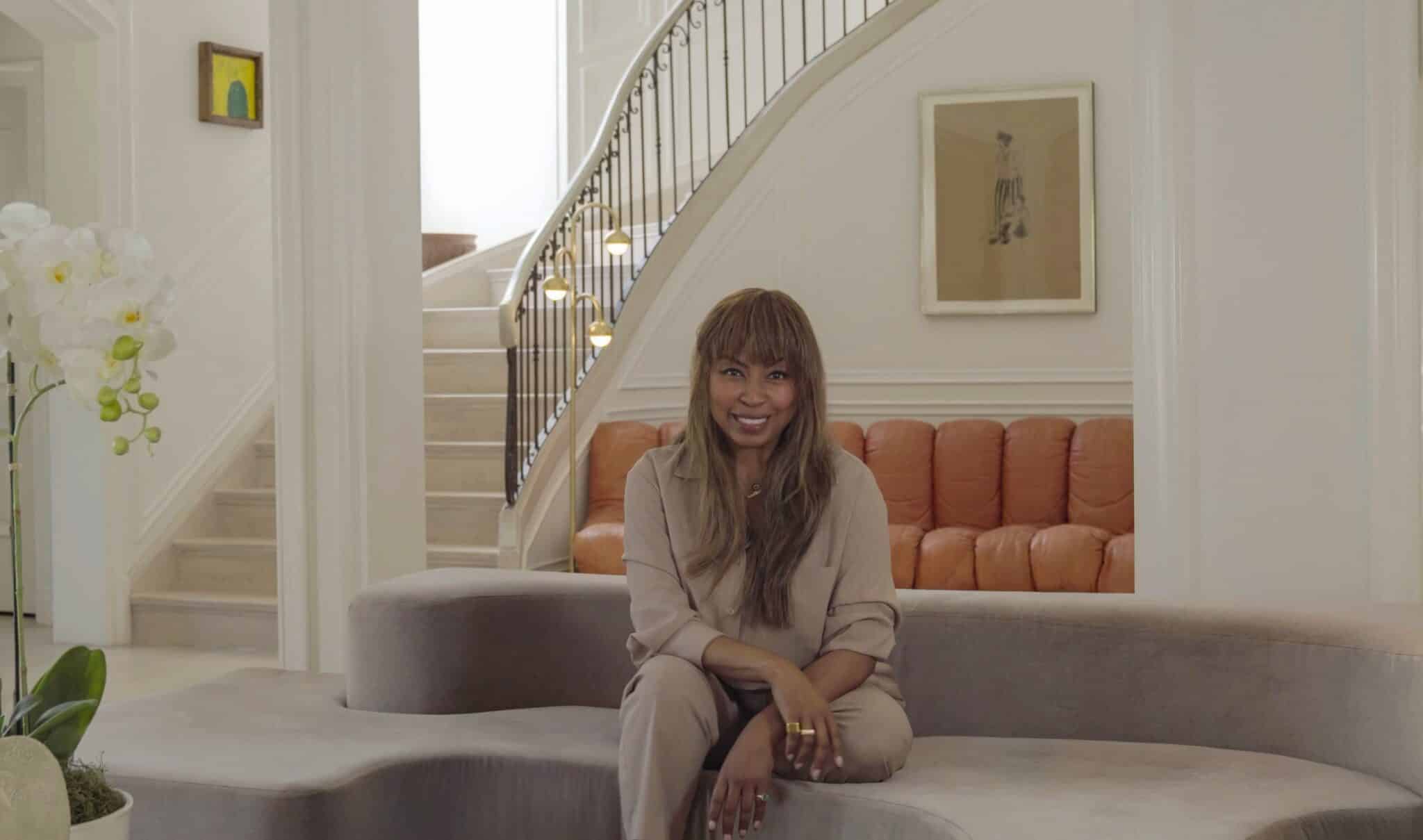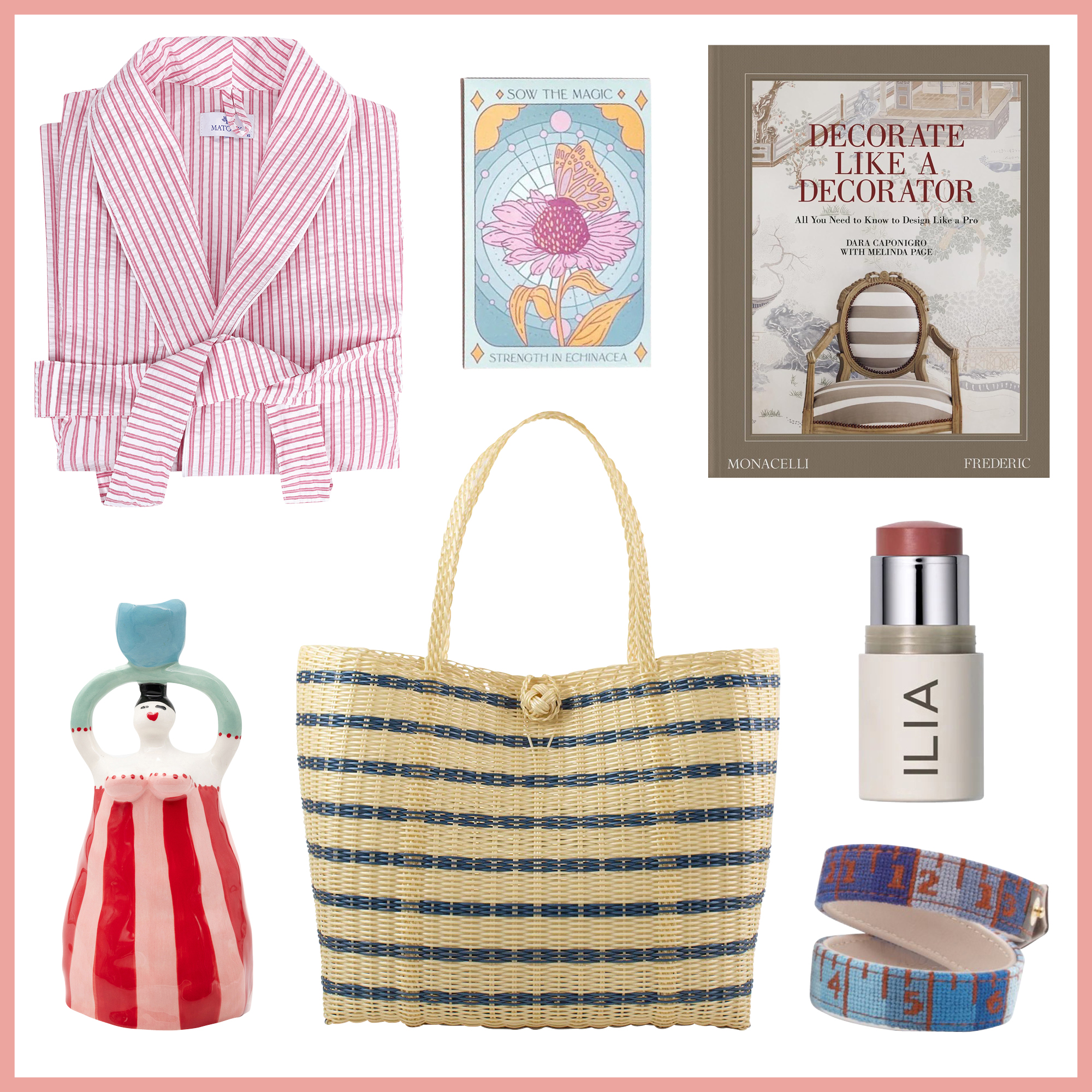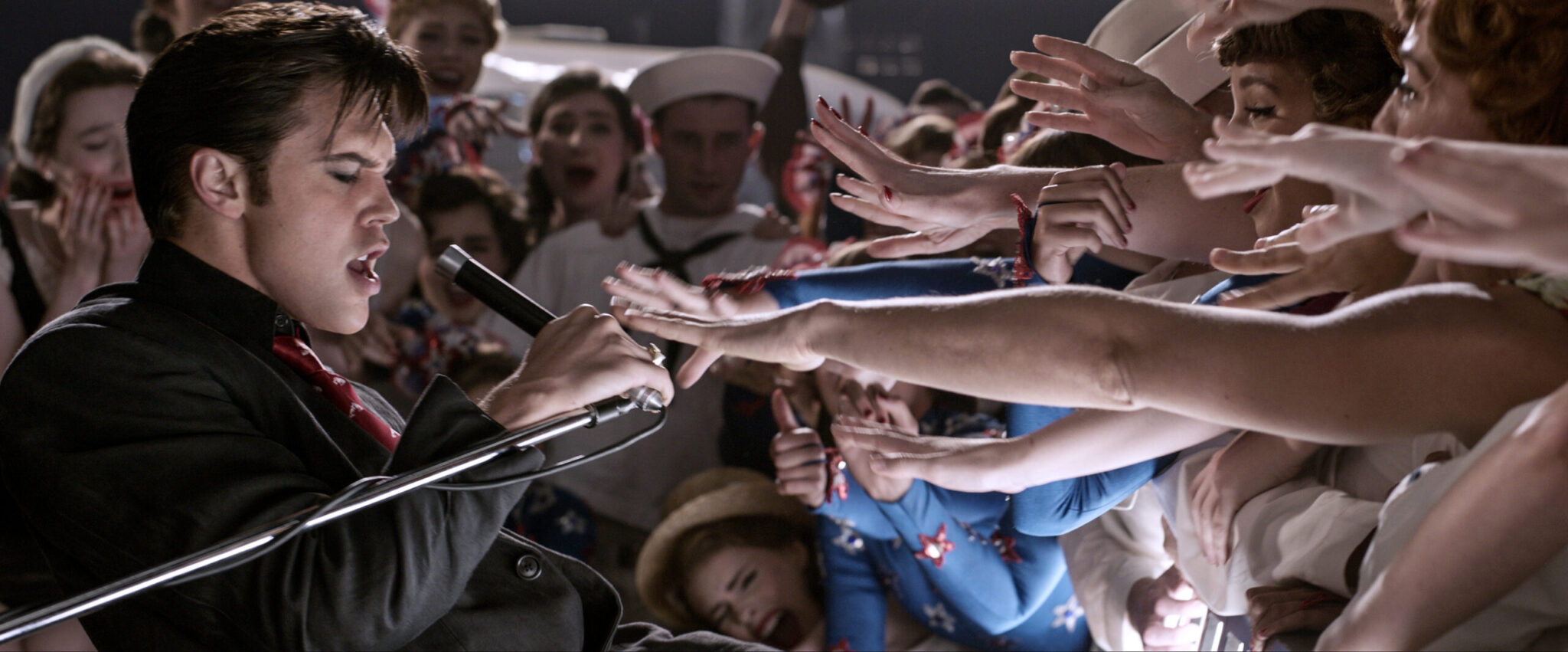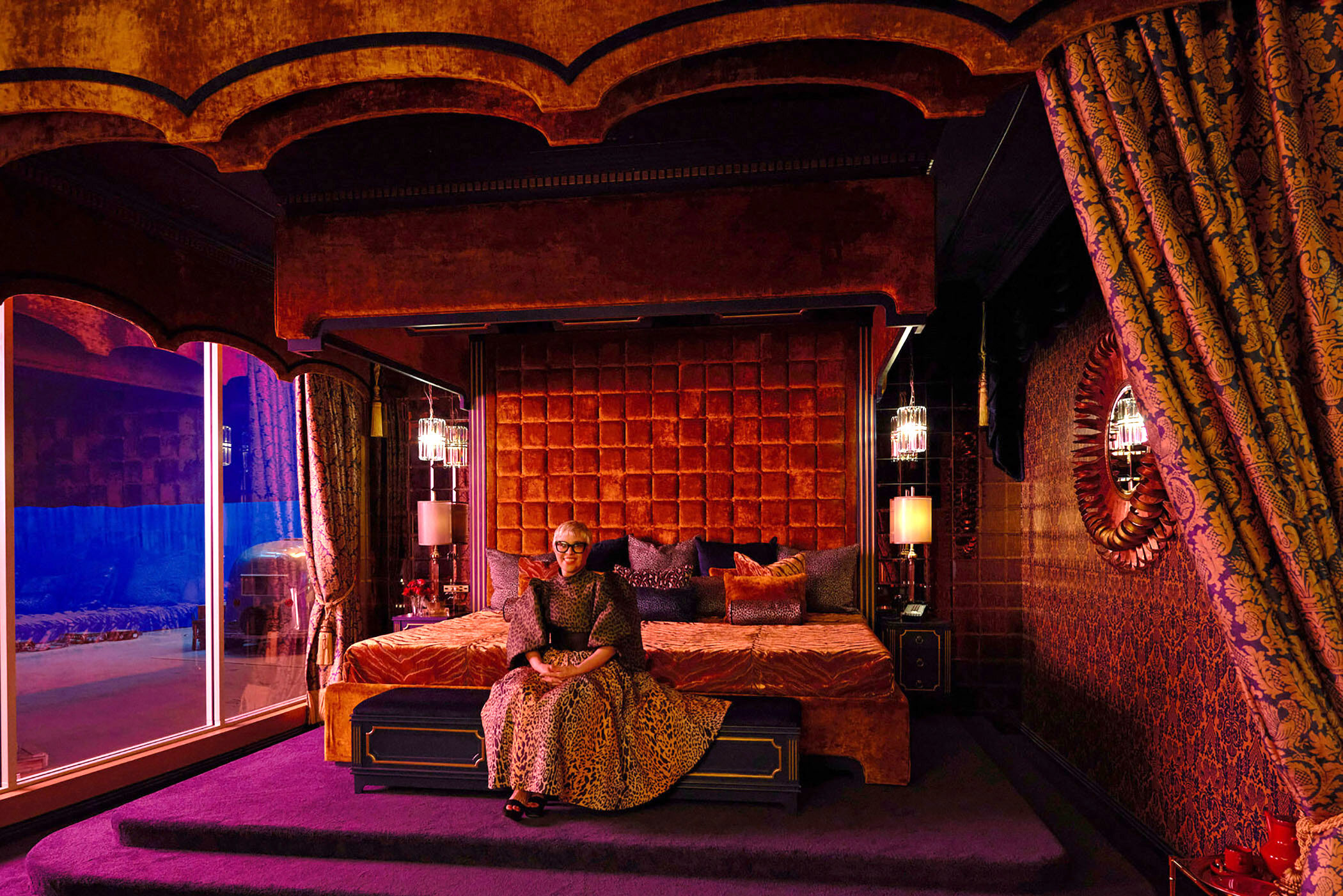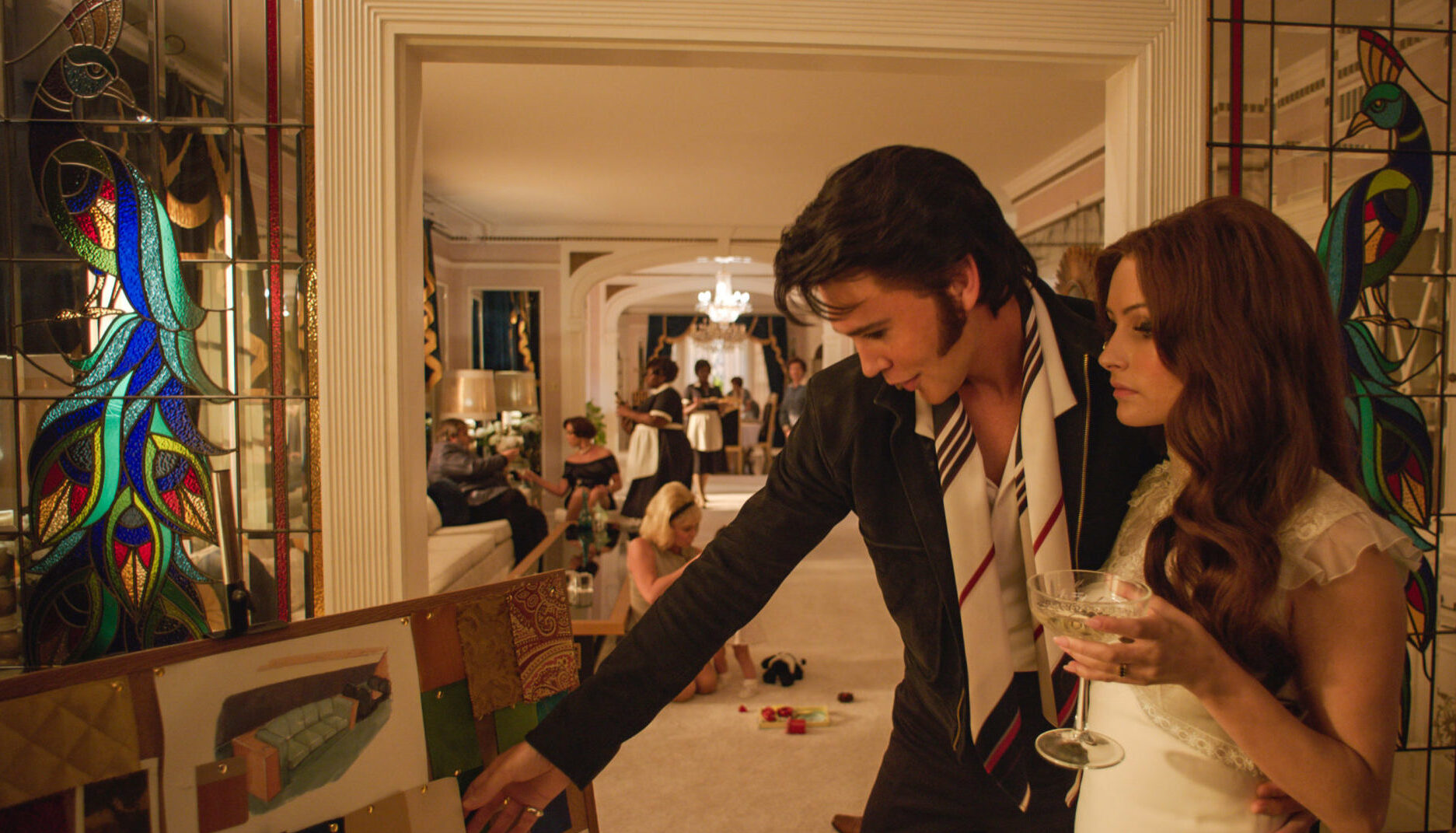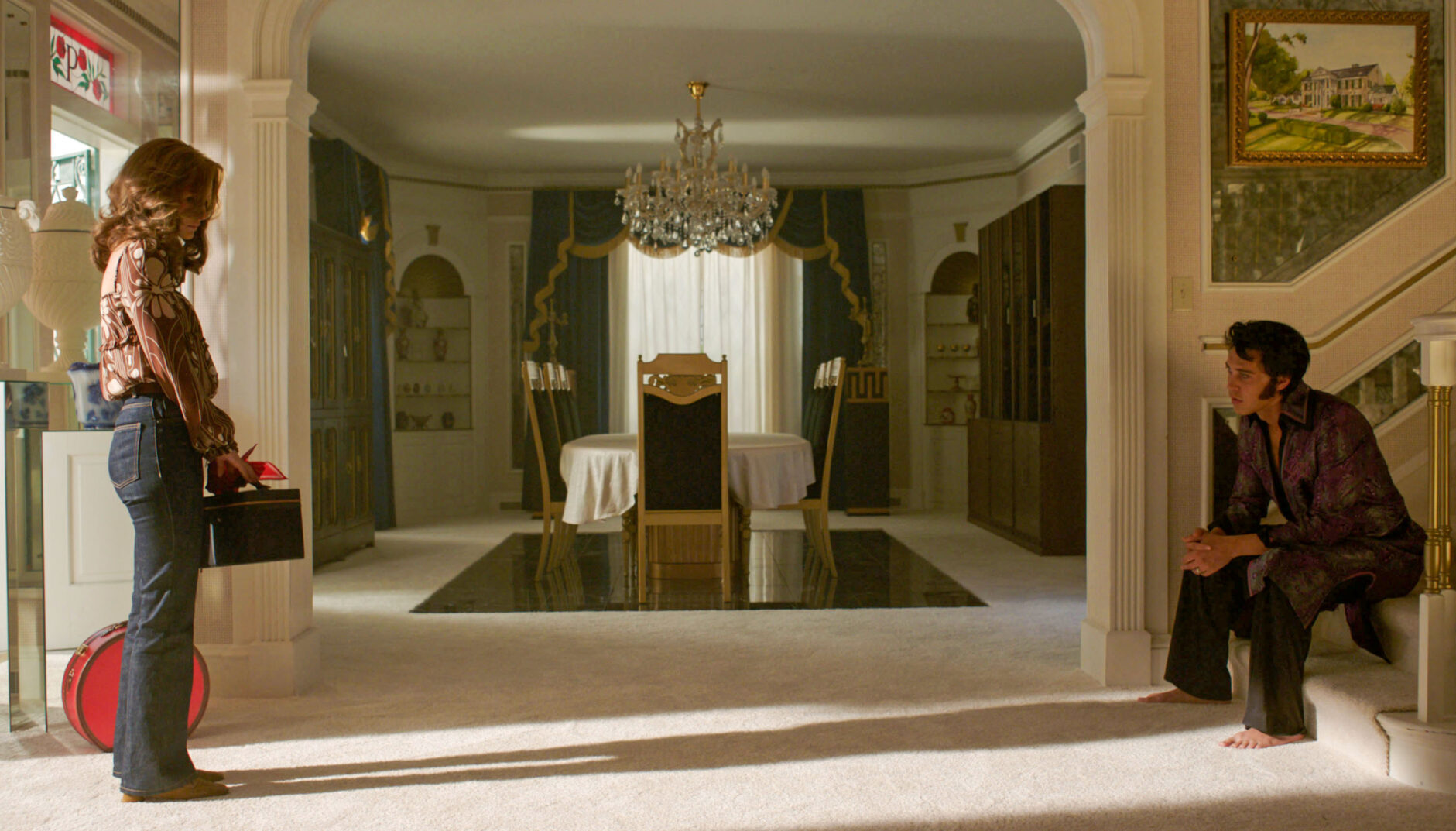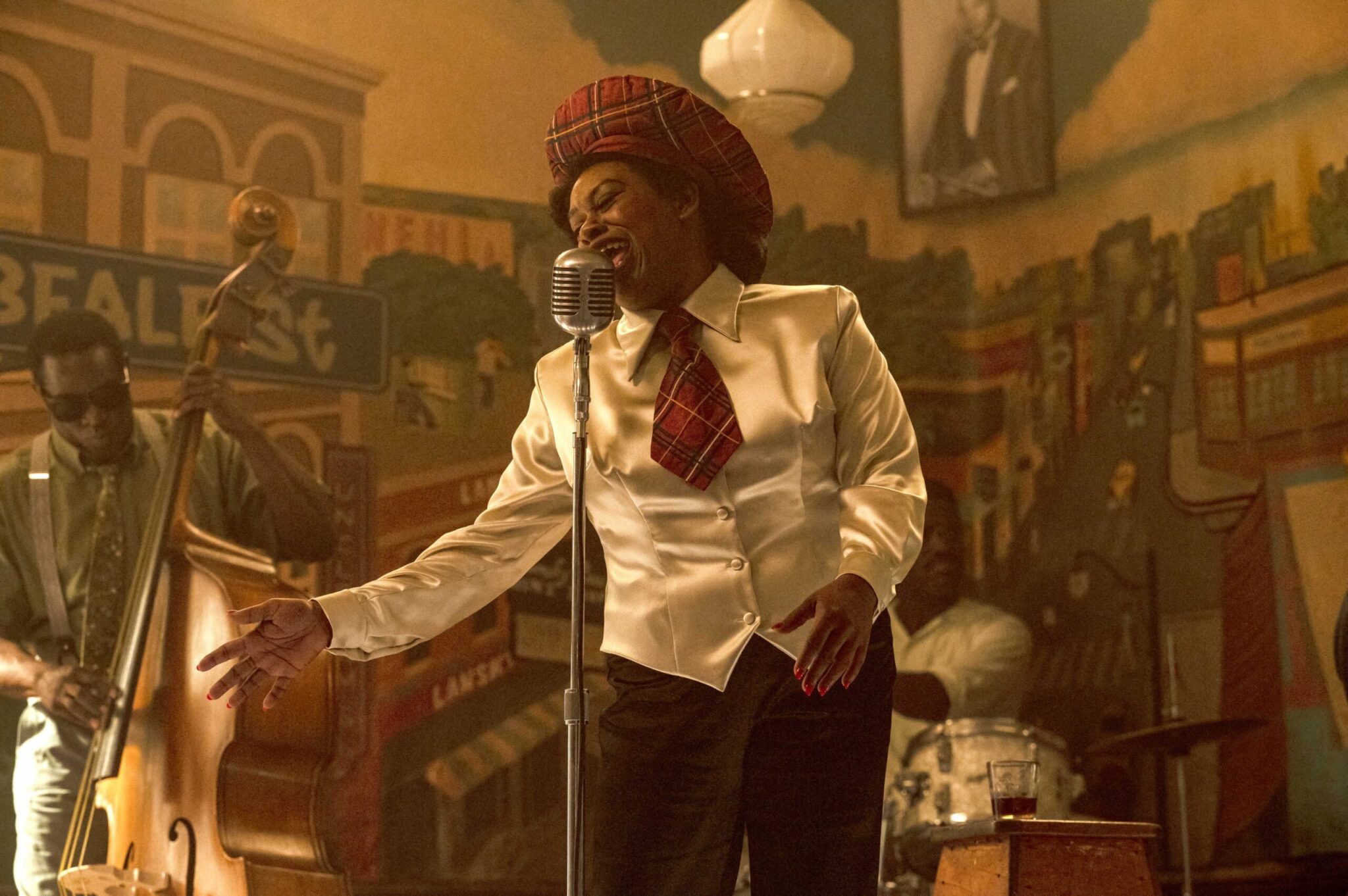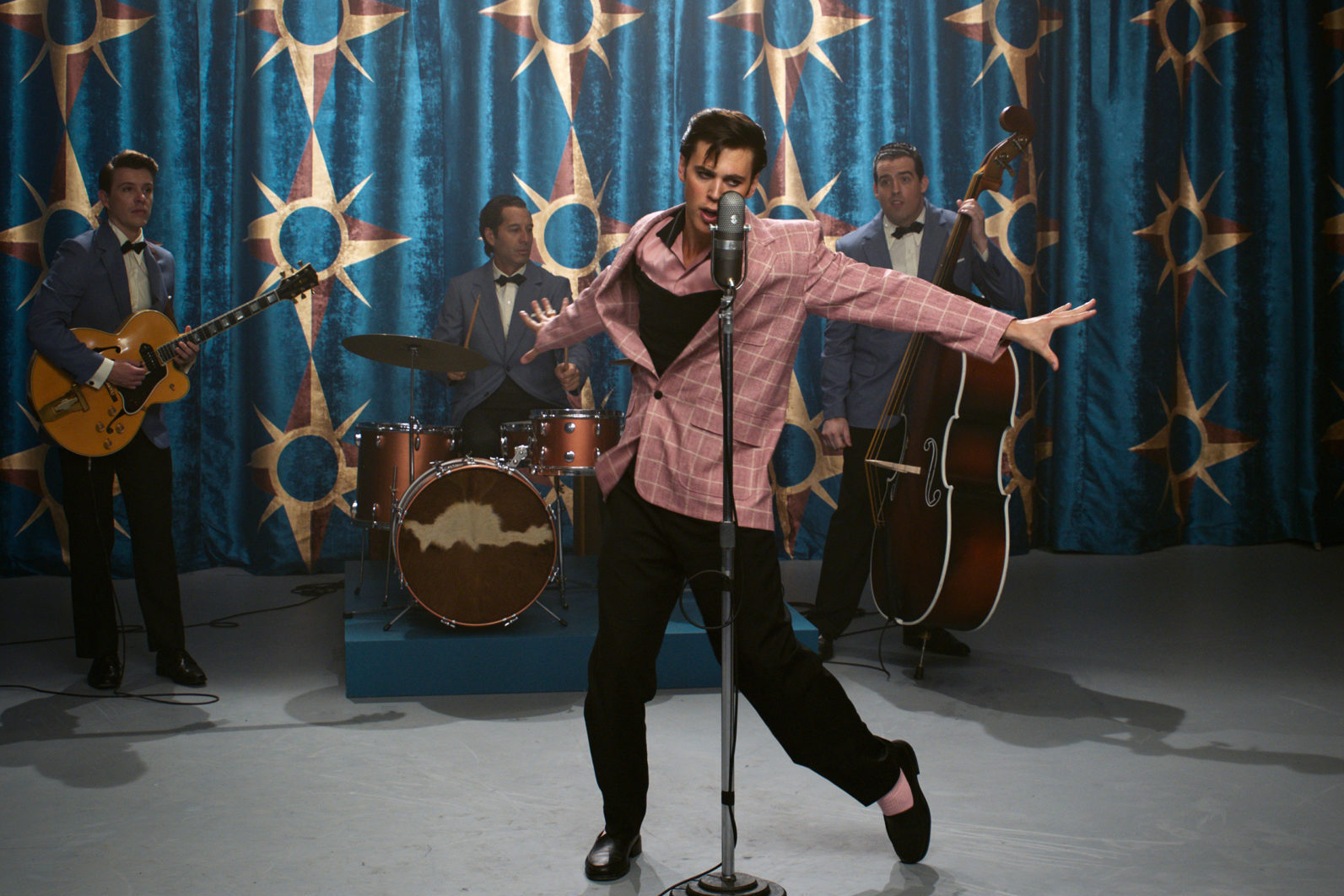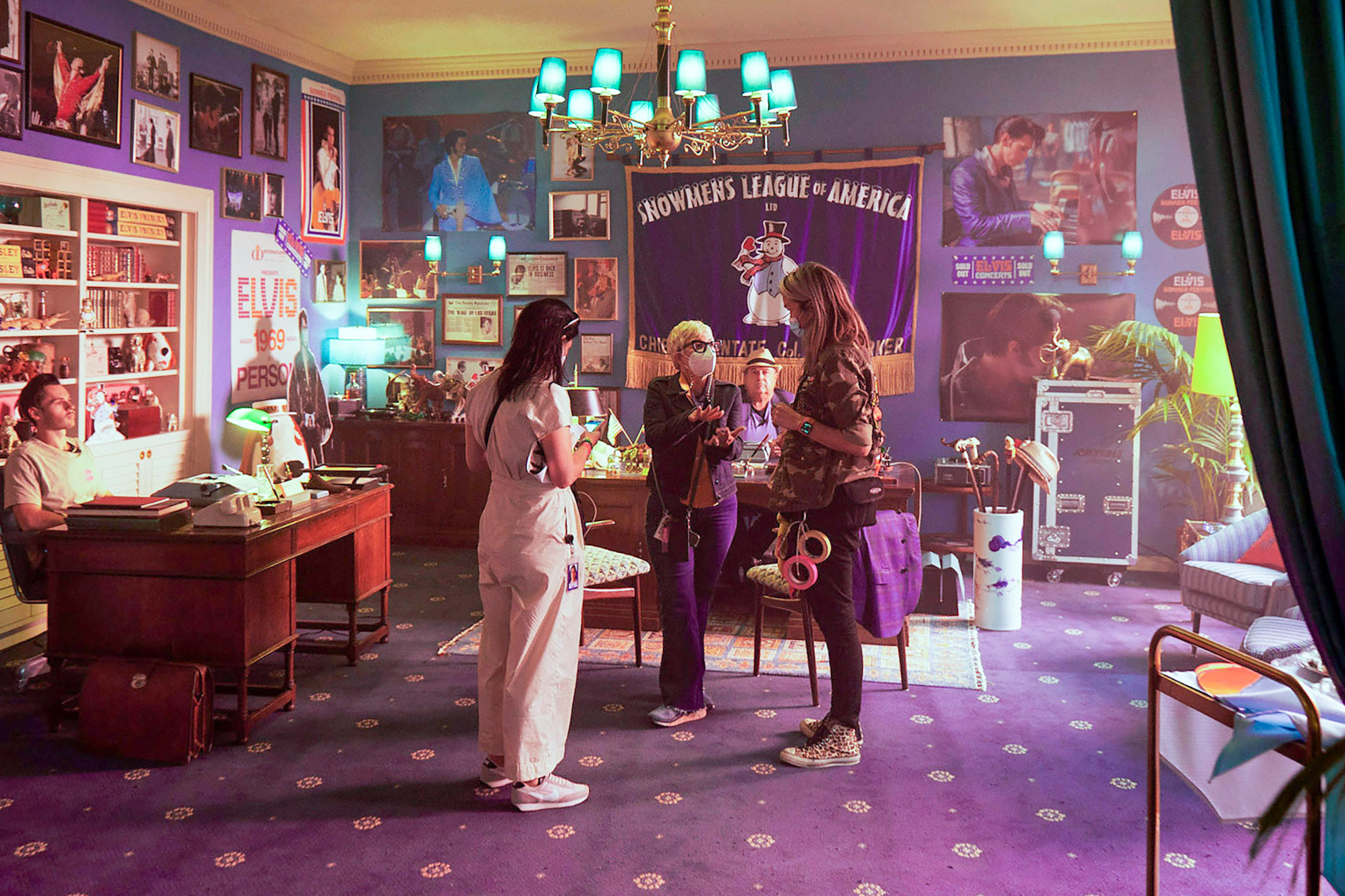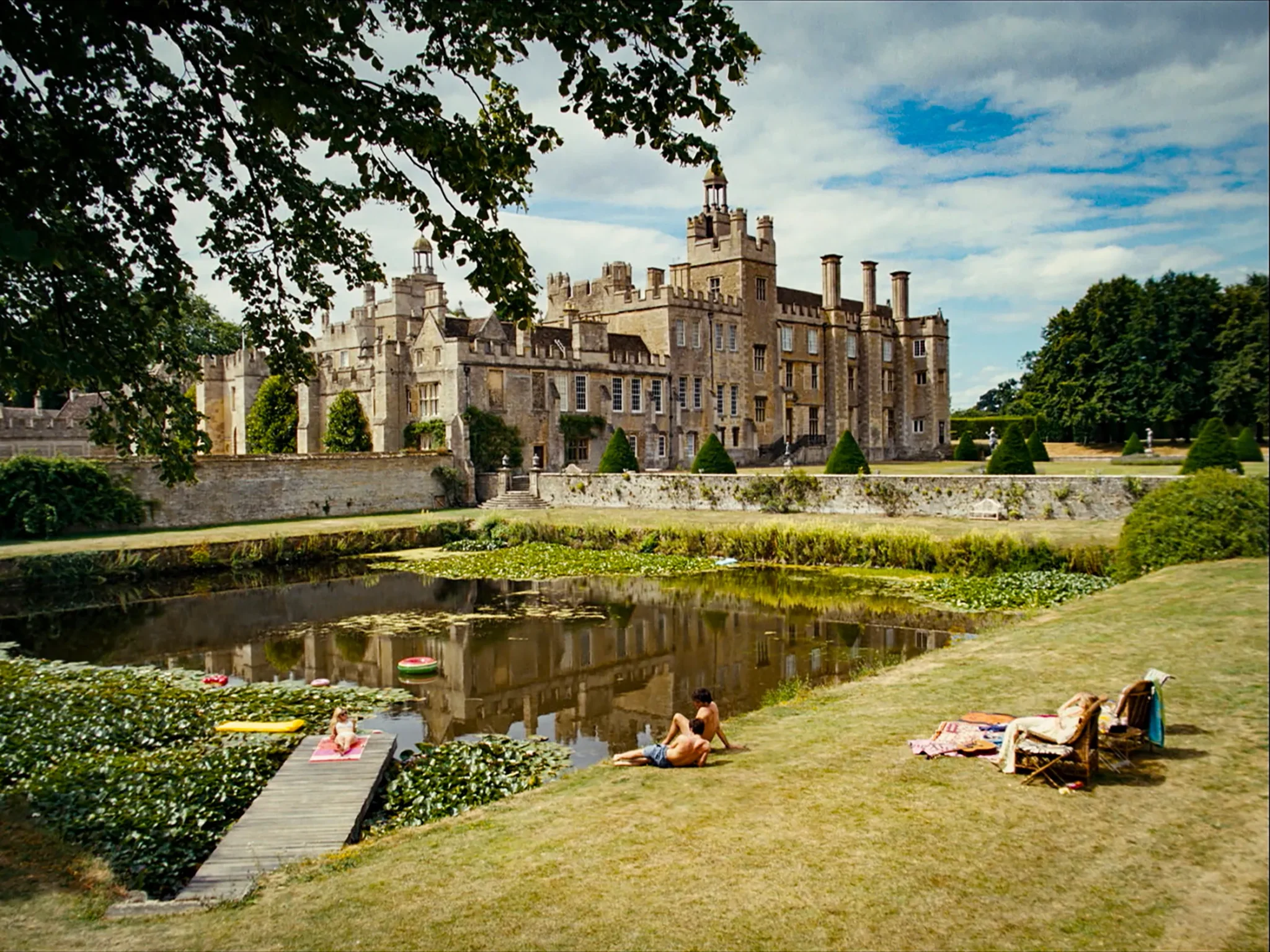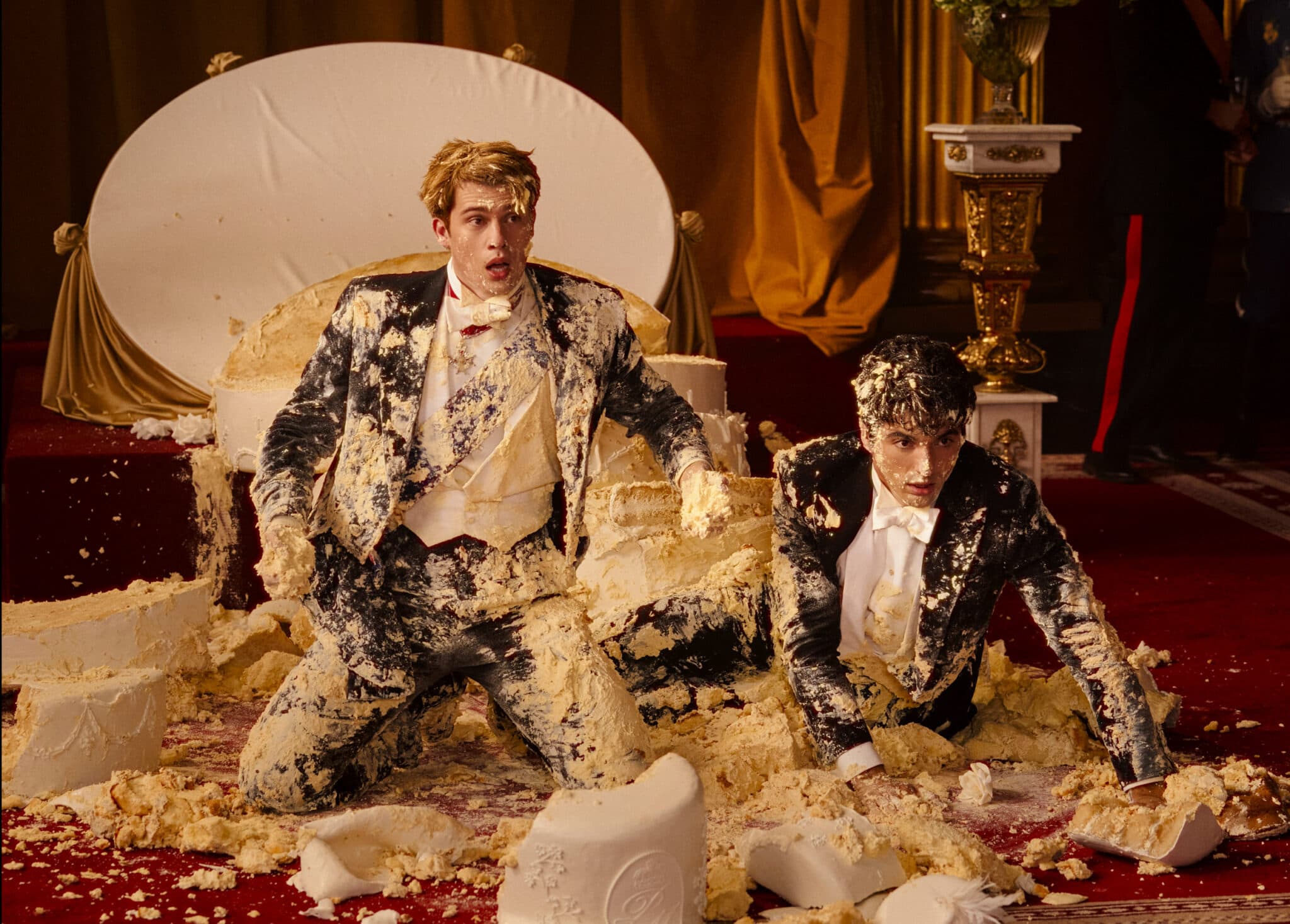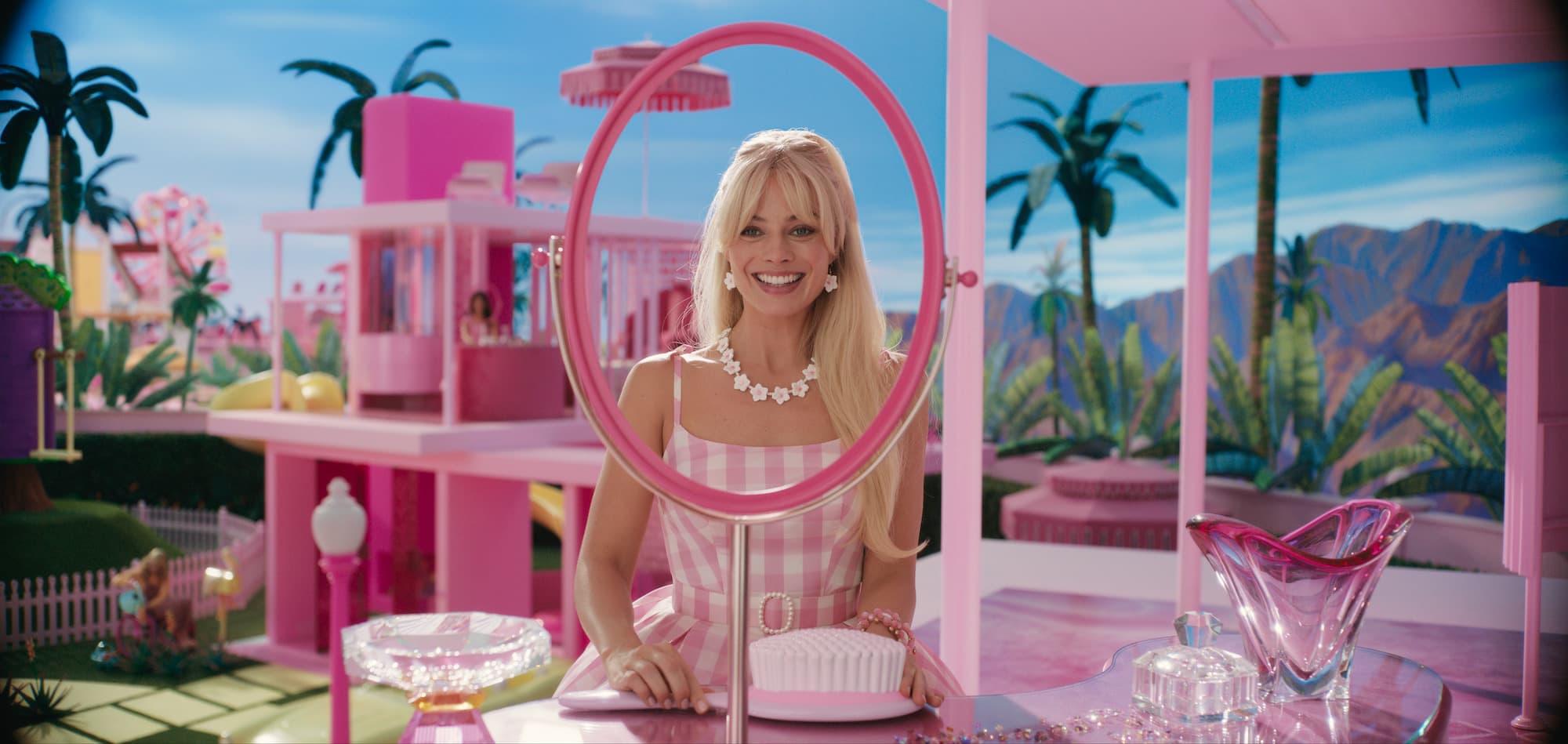As the best-selling solo artist and phenom of all time, Elvis Presley is perhaps the most enigmatic cultural icon of the 20th- century. Today his legacy lives on with writer/director/producer Baz Luhrmann’s long-awaited musical biopic Elvis.
The rags-to-riches tale of the appointed “King of Rock ‘n’ Roll” (played by actor Austin Butler) is focuses on three crucial periods of his life, starting with his humble beginnings in fifties Tupelo, Mississippi, and his fateful meeting with manager Colonel Tom Parker (Tom Hanks). The film depicts the hip-gyrating, blue suede shoe-clad singer’s life in the 1960s as a serviceman in Germany, then a Hollywood actor starring in 33 films (Viva Las Vegas and Jailhouse Rock to name a few). The 1970s find Presley performing to sold-out audiences in Las Vegas, culminating with his untimely death in 1977.
Co-producer, production and costume designer Catherine Martin—who also happens to be Luhrmann’s wife—played a key role in creating the various worlds of Elvis. No stranger to designing high-octane films and Broadway musicals (Strictly Ballroom and Moulin Rouge!) and stylish period dramas (the art deco-infused looks The Great Gatsby), Elvis marks the sixth film collaboration with her husband.
“There are no mechanics to it; it’s almost like our own language. I start out with my scribbles and collages and tear sheets and a lot of words,” Luhrmann details. “She has many gifts, but her extraordinary gift is that she can take all that jumble and execute it on such a level that is pretty rare. I am involved in the process all the way; while I might obsess over the hem of a costume or the colors on a set wall, we are a true partnership.”
With blessings from Presley’s wife Priscilla (played by Olivia DeJonge in the film), Martin began with a visit to Graceland, the couple’s Southern colonial home in Memphis (and the second-most visited public home in the country). Due to the pandemic, Martin and Luhrmann’s homeland of Australia doubles as the locations for Tupelo, Graceland, the musical hangout Club Handy on Beale Street in Memphis, and the suites where Presley stayed his five-year stint at the now-defunct Las Vegas International Hotel.
“Baz was very demanding of his team in a good way and all over the details,” Martin details. “We made a number of visits to Memphis and tried to replicate what it would feel like being Elvis on tour in the early part of his career. We wanted to recreate Graceland in certain periods as much as possible. All of our architectural details were based on blueprints that we were fortunate to access from the Graceland estate. For us, Graceland was very much the symbol and expression of Elvis’s success.”
Graceland comes to life with design details beginning with the concrete lions that flank the entrance walk and floral landscape. Working with fellow production designer Karen Murphy and set decorator Bev Dunn, the house went through period changes in the 1960s and ‘70s. As the heartthrob singer’s wealth grew, the interiors became increasingly opulent. The flooring went from bare hardwood to red wall-to-wall carpet, the windows were dressed in classic blue antebellum swag and jabot with gilt fringe treatments, and the rooms were filled with velvet upholstery and lots of jewel tones. The mid-century looks in the living room included sleek white upholstery and gold accents, all of which was custom made since vintage items were harder to source during the pandemic.
Designing character-driven interiors are not the only items on a production designer’s checklist: Presley’s penchant for cars also played a starring role. The King’s prized car collection included all the classics of the period such as his bubble gum pink Fleetwood Cadillac and Rolls Royce Phantom. Some 300 cars and bikes in total were sourced from car collectors in Queensland.
A master of style, Presley was very involved with his wardrobe, particularly the flamboyant capes adorned with semi-precious stones he donned in the ‘70s. (Many weighed up to 12 pounds, requiring him to work out before performances.) After appearing in his NBC “comeback” special in 1968, where he dressed in a sleek black leather jacket and pants, Presley became entranced with peacocks (the network’s trademark symbol), and believing they held good luck, employed the designs in a pair of stained-glass windows as dividers in the Graceland living room. “Elvis was someone who was an extraordinary stylist as he didn’t have anyone helping him,” says Martin. “Instead, he created the looks himself and was integral to the decoration of Graceland.”
Martin’s creative collaborations translate to her off-screen activities, as well. The BAFTA, Oscar, and Tony-award winning designer has created collections for Anthropologie, Designer Rugs, and Mokum textiles, and most recently worked with Miuccia Prada for Elvis and Priscilla’s costumes.
